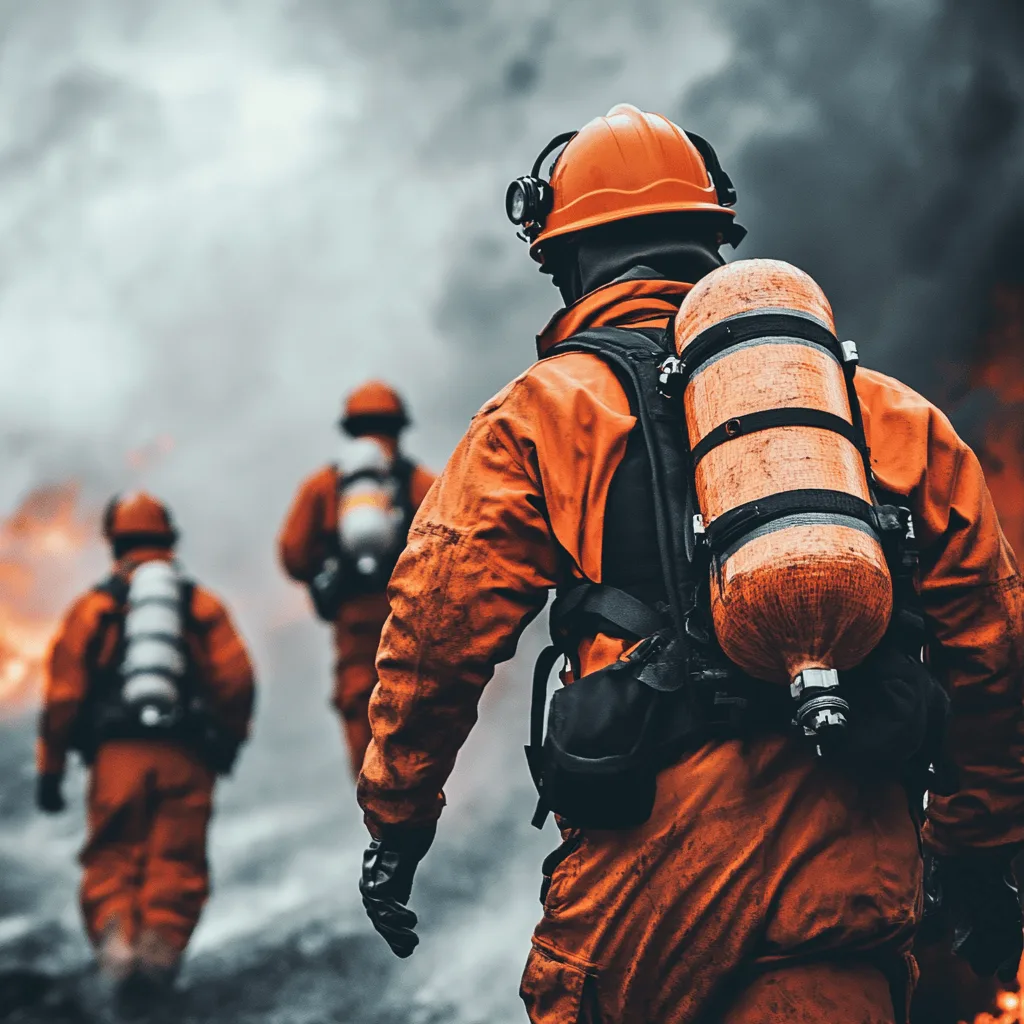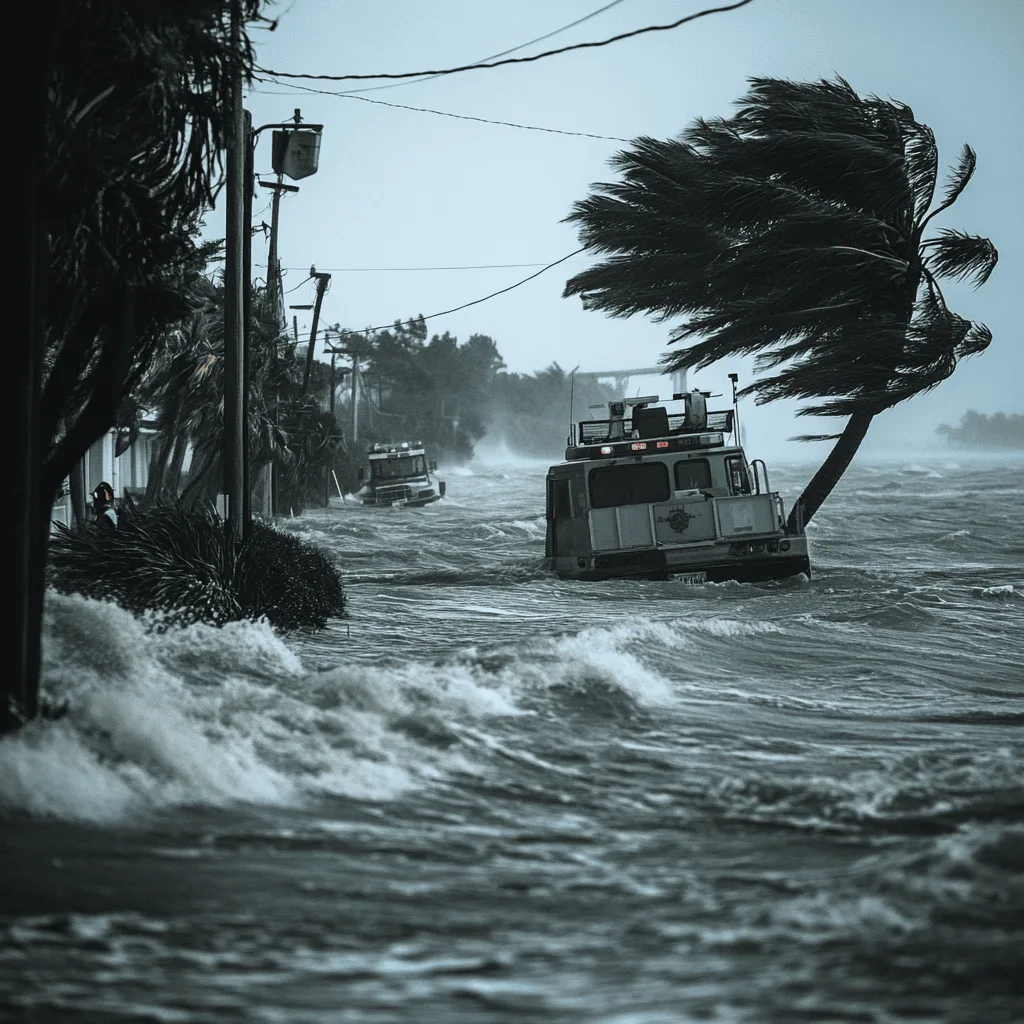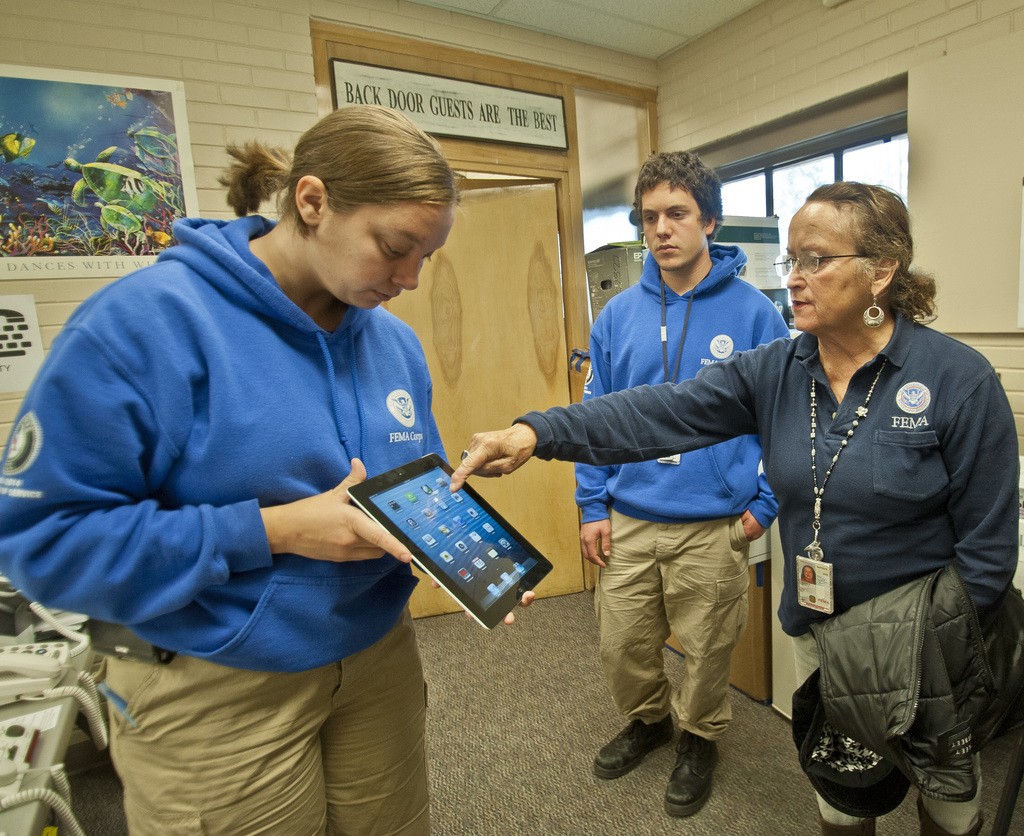
Major emergencies like Hurricane Katrina and the Tubbs Fire exposed significant gaps in emergency preparedness, particularly the socioeconomic, cultural, and physical inequities within communities. These vulnerable populations often include people with limited or no English proficiency, economic insecurity, or disabilities.
If you or someone you know is disabled, doesn’t speak English fluently, or is low-income, read on for specific resources you may qualify for and to learn more about how to effectively prepare for emergencies.
Disaster assistance and resources for people with disabilities
The challenges that people with disabilities face are often exacerbated by emergency scenarios; for instance, energy shortages can limit access to life-saving technologies, mobility issues can cause evacuation delays, and communication barriers can make it more difficult to seek help from first responders.
This makes emergency preparedness all the more important. Below is a set of recommendations aimed to help people with disabilities prepare for all kinds of disaster scenarios:
1. Create a plan with your network
During a disaster, medical facilities or drug stores may no longer be open, making it difficult to access basic necessities. Create a plan for your daily needs by preparing an emergency kit, where you can store medications, emergency contact information, and other essentials like food, water, and a first-aid kit.
Be sure that your plans include an easy-to-share list of the nearest medical facilities and transportation resources. Additionally, your plans — including potential transportation measures in case of evacuation — should be shared with loved ones, caregivers, and any other emergency contacts to make it easier to receive support during an incident.
The Americans with Disabilities Act (ADA) National Network’s has a list of recommendations for emergency supply kits that covers a variety of different access issues. Ready.gov also has tips for what to include in your emergency kit, as well as how people with specific disabilities or medication needs can best prepare for an incident.
If necessary, be sure to also contact local transit providers and your county’s emergency management agency to receive targeted assistance.
The U.S. Department of Transportation has an extensive list of emergency resources for individuals with disabilities, their family members, and their caretakers for emergencies affecting transportation systems. Reference this section here for more information.
2. Consider voluntary self-identification
One significant challenge that responders face during an incident is isolating which individuals are in need of targeted support. To mitigate this, people with disabilities have the option to self-identify via a simple registration process in order to receive individual assistance from the city and county emergency services.
While states all employ different strategies to create an inclusive emergency preparedness plan, several disability and health programs across the country are encouraging people with disabilities to sign up for Smart911. Through this national registry, emergency service providers can access contact information for people who might need individual or additional services during an emergency.
Some states, including Oregon, Montana, and Iowa, include emergency response questions on the Behavioral Risk Factor Surveillance System (BRFSS). These surveys collect state-specific data on adult health-related risk behaviors and conditions, allowing for emergency response to be curtailed to meet these needs.
For more information on state-generated data, refer to the Centers for Disease Control and Prevention’s disability and health emergency preparedness monitoring here.
Wearing medical alert tags or bracelets, as well as uploading all medical information to electronic devices, also ensures proper assistance. Most hospitals offer free medical alert bracelets, but if not, your local medical facility can refer you to a medical agency that will provide these tags for free or at a discounted rate. Click here to learn more about uploading and accessing health records.
If you have a communication disability, printed cards or electronic information are practical means of instructing first responders with appropriate communication methods.
Contact your local emergency management agency to find out more about the registration and self-identification process in your area.
3. Treatments without access or electricity
Often during emergencies, medical treatments will be limited or impossible to access, especially if power is lost. If you are on dialysis or use medical equipment that requires electricity, know the location and availability of multiple medical facilities that can help during emergencies. Consult your doctor for more region-specific, individualized instruction and information as well.
Some companies, like PG&E, offer a “baseline allowance” service that allocates a monthly fee for natural gas to be used instead during a power outage for critical power needs. Many utility companies optimize a “priority reconnection service” list to restore power to dependent customers during an emergency. Reach out to your power provider to see what the company offers.
Reference the ADA National Network’s emergency power planning guide for people who use electricity and battery-dependent assistive technology and medical devices here.
For more information, the Substance Abuse and Mental Health Services Administration (SAMHSA) has a comprehensive guide with steps to take for people with disabilities when planning for disasters.
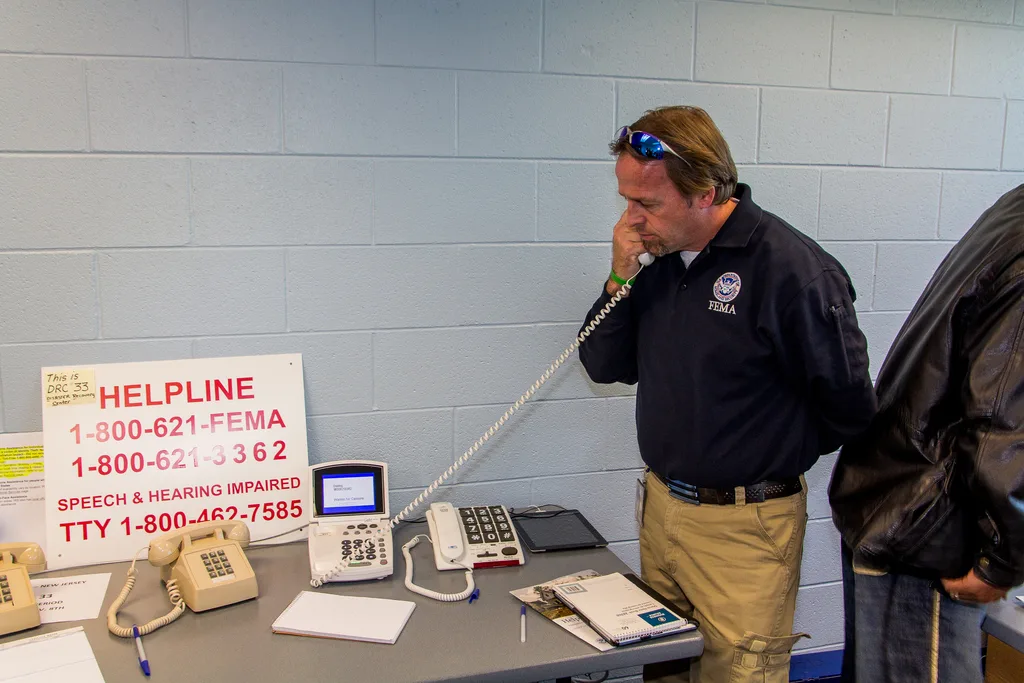
Emergency communications for limited English proficiency individuals
Understanding emergency messages is key to effectively evacuating an area or staying safe during an incident. As such, making written materials accessible to limited English proficiency individuals is a potentially life or death issue.
During a disaster, all radio, television, cell phone, and other alerts are communicated multilingually thanks to the coordination of the Federal Communications Commission (FCC) and Federal Emergency Management Administration (FEMA). Be sure to carry battery-powered media devices and/or a fully charged mobile device to follow these real-time updates in the form of Wireless Emergency Alerts (WEA).
To first ensure that your phone is set to your primary language, follow these steps:
For Android:
- In Settings, select System Languages & input Languages
- If you can’t find “System,” then under “Personal,” tap Languages and input Languages
- Tap Add a language to select your primary language and drag this language to the top of the list
For Apple:
- In Settings, select General > Language & Region > Add Language > Select your language
When officials alert mobile devices of an incident, your device will emit a special tone and vibrate twice to indicate the alert. To ensure that translated alerts are activated for your device, follow these instructions:
For Android:
- Search your Settings app for Emergency or Wireless Alerts.
- In the messaging app, select the Menu icon with three dots, then select Settings > Emergency Alerts. The green circle indicates the alerts are on and enabled.
For Apple:
- Select Settings > Notifications to adjust alert settings (often at bottom of screen)
- Check that “Emergency Alerts” and “Public Safety Alerts” are turned on. The green circle indicates the alerts are on and enabled.
See Verizon’s list of the manufacturers, models, and versions of WEA alerts here.
These alerts will include extreme weather and hydrologic warnings; local emergencies requiring evacuation or immediate action; AMBER alerts; Blue Alerts; and Presidential Alerts during a national emergency.
Additionally, to increase access to emergency preparedness materials, FEMA often coordinates with local and state agencies to conduct language assessments of impacted areas that allow for all written guidance on disaster response to be published in the community’s principal languages.
Ready.gov also offers preparedness suggestions in thirteen additional languages including Arabic, Simplified Chinese, French, Haitian Creole, Hindi, Japanese, Korean, Russian, Spanish, Tagalog, Urdu, and Vietnamese. Sign language interpreters are also available for all disaster preparedness videos.

Disaster response resources for those with economic need
Emergency recovery can pose significant financial burdens to anyone impacted by natural disasters, particularly lower income individuals and families. However, there are an abundance of resources that are available to provide some means of assistance.
Non-governmental organizations (NGOs) are typically at the forefront of this new emergency management structure. These organizations provide critical support, medical, resource, and emergency services to all individuals affected by a disaster, focusing efforts on those who are considered highly vulnerable.
- The American Red Cross provides immediate disaster relief, including food, shelter, relief items, and health services, and directly operates via local Red Crosses across the nation.
- Feeding America is the largest domestic hunger relief organization in the United States. During emergencies, the organization will deliver food to impacted communities and have over 200 food banks across the nation.
- All Hands and Hearts rebuilds schools and homes for immediate, long-term disaster relief in global communities affected by disasters.
Community-based organizations, including local community centers, churches, and grassroots organizations, also often take on a leadership role to circulate information, resources, and support during disasters. Similar to NGOs, these groups often focus on specific marginalized populations to offer targeted assistance, but have previously built connections with community members to know exactly what these populations may need.
The available community-based organizations will be announced by county officials before and throughout the incident.
Social services and welfare programs have historically been the leading agencies for supporting marginalized populations. These federally funded agencies are well-equipped to provide financial assistance, emergency services, and other solutions for individuals and families who qualify.
- The Supplemental Nutrition Assistance Program (SNAP) provides food assistance to eligible low-income individuals and families.
- The Temporary Assistance for Needy Families (TANF) offers short-term financial assistance for eligible families in need.
- The Low-Income Home Energy Assistance Program (LIHEAP) assists families with energy costs, particularly those associated with heating and cooling practices.
Although social programs are available for non-emergency use, these three have been instrumental in aiding families and individuals experiencing financial hardship in the wake of disasters. Furthermore, you may be eligible for grant and disaster assistance through FEMA as listed here. Local welfare assistance is a top priority for communities recovering from incidents, so be sure to look into county- and/or state-specific aid.
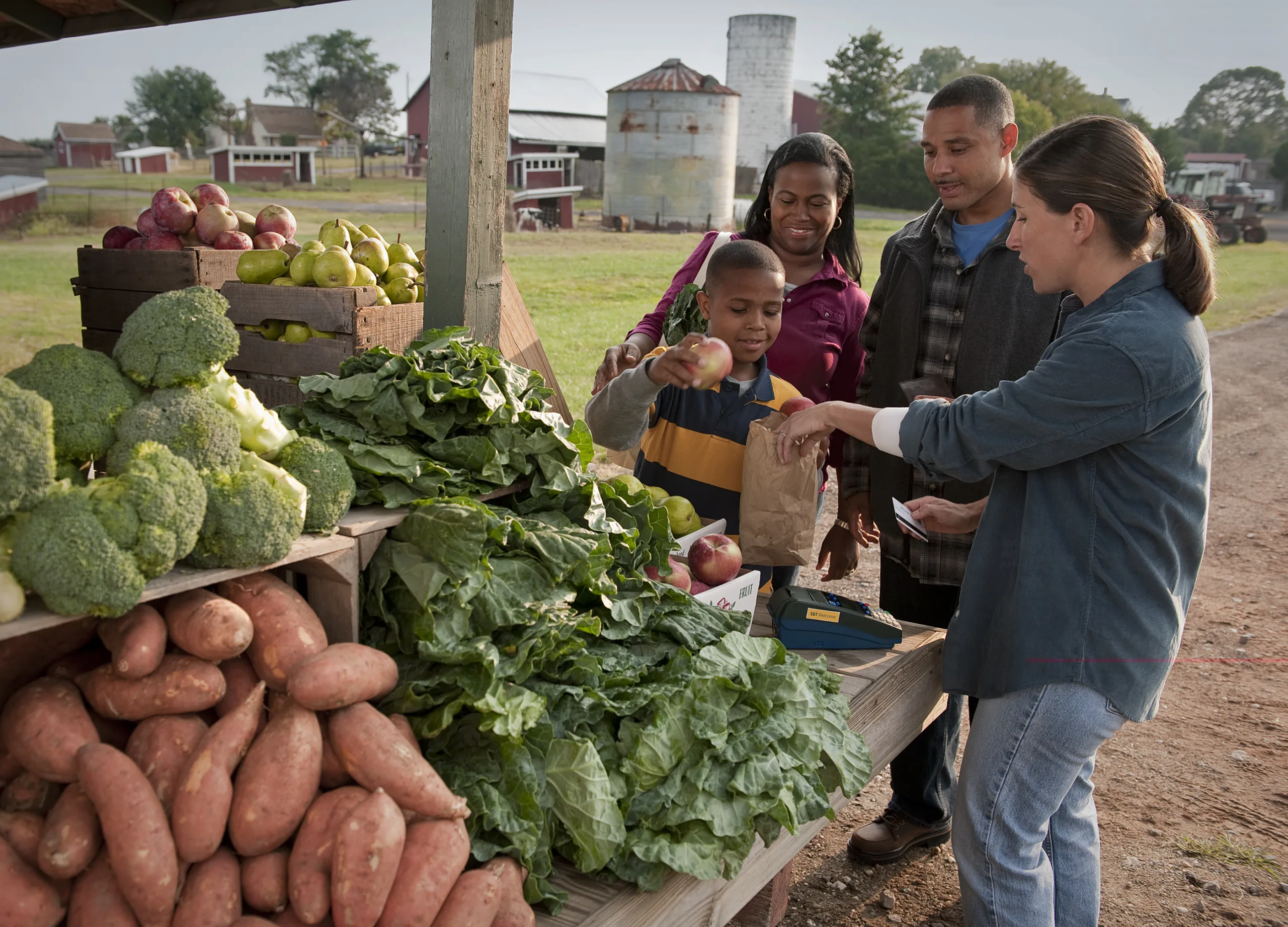
As reflected in our final article on information silos in emergency management, it is critical to incorporate community actors and accessible resources in disaster response. Avoiding homogenous solutions to instead encourage network diversity allows for the decentralization of information and the consideration of marginalized populations in incident response.
By Kelsey McIvor. Questions? Get in touch at kelseymcivor@perimeterplatform.com


 Perimeter Staff – August 15, 2023
Perimeter Staff – August 15, 2023 

